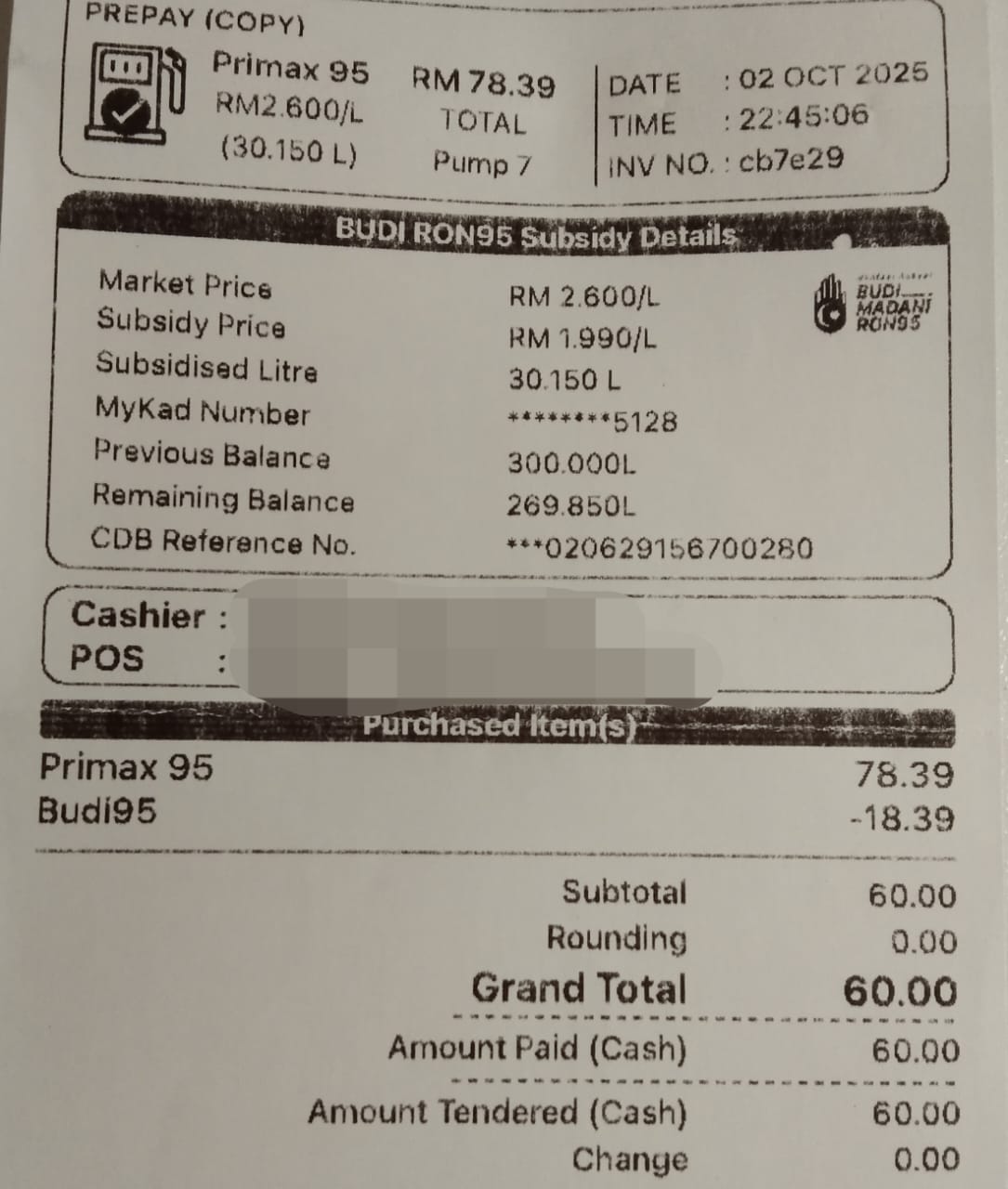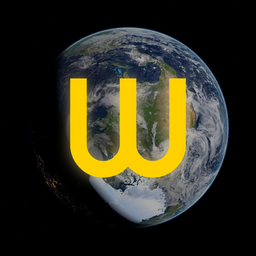Malaysia Reverses Course: Full RON95 Fuel Subsidy for All, But Targeted Reform Lost
Malaysia’s government has extended full RON95 fuel subsidy to all citizens from 30 Sept 2025, shelving earlier plans to target subsidies at the rich. Critics warn costs may rise, equity remains a concern, and fiscal goals could be undermined.

Malaysia’s long-debated fuel subsidy reform has taken an unexpected turn. Beginning 30 September 2025, every Malaysian citizen will enjoy the full RON95 subsidy at RM1.99 per litre, capped at 300 litres per month per MyKad holder. After exceeding the quota, the pump price reverts to RM2.60 per litre, tied to global market rates.
This outcome contrasts sharply with years of promises to rationalise subsidies, cut fiscal waste, and ensure the wealthiest households bear a greater share of the cost. Writing for PaulTan.org, journalist Jonathan Lee summed up the shift candidly: “After years of talks, everyone gets full RON95 subsidy. What happened to cutting costs and taxing the rich?”
From Targeting to Universality
The Madani government had initially pledged to restructure subsidies to ensure fairness. Models under discussion included excluding high-income groups (T20), luxury car owners, or households with multiple vehicles. However, those criteria did not materialise.
Instead, as Lee observed, the government opted for a broader scheme: “All the earlier conversations about fiscal responsibility and progressive taxation never materialised. Instead, we are back to a blanket policy that benefits everyone equally.”
While politically popular, the move represents a clear retreat from targeted reform.
How the Mechanism Works
Under the new system, Malaysians must use their MyKad to access the subsidised fuel price. This is designed to prevent foreigners from benefiting and to curb cross-border smuggling.
Registered e-hailing drivers will be exempted from the quota, recognising their reliance on petrol for income.
Although straightforward in design, the system’s implementation depends on seamless MyKad verification technology at all stations. Whether this can be delivered nationwide by the rollout date remains uncertain.
Fiscal and Equity Concerns
The generous 300-litre monthly quota means that many ordinary households will not reach the cap. For higher-income Malaysians and commercial users, however, the benefit is substantial. As Lee pointed out, “The T20 group continues to enjoy the same subsidy as the B40. The rich can fill their SUVs at the same subsidised price as everyone else.”
At the same time, lowering the pump price from RM2.05 to RM1.99 adds further cost to the government. Critics fear that overall subsidy expenditure may increase rather than shrink—especially if global oil prices rise.
Reform Deferred
The broader policy implications are significant. By reverting to universality, Malaysia may have undermined its ambition to channel resources more effectively. Measures once considered—such as taxing luxury consumption or tightening eligibility—have been sidelined, at least for now.
As Lee concluded in his commentary: “The government had the chance to make the system fairer and more sustainable, but in the end, it chose the path of least resistance.”
Conclusion
The universal subsidy offers immediate relief and political appeal, ensuring that no Malaysian feels excluded. Yet the long-term fiscal impact remains uncertain. With rising oil prices and mounting budget pressures, the debate over whether Malaysia has missed a vital reform opportunity is likely to continue.


